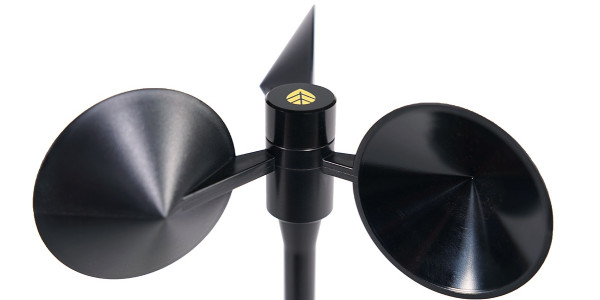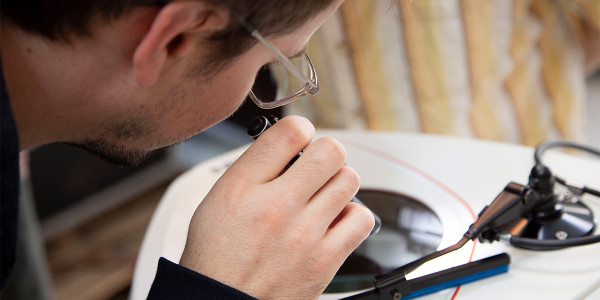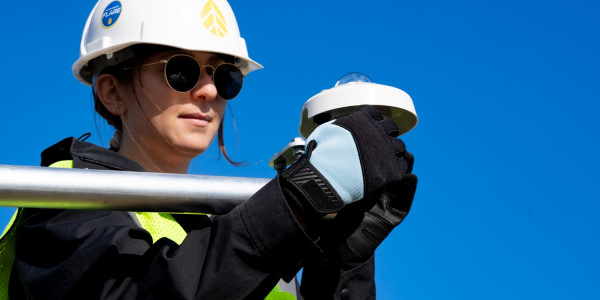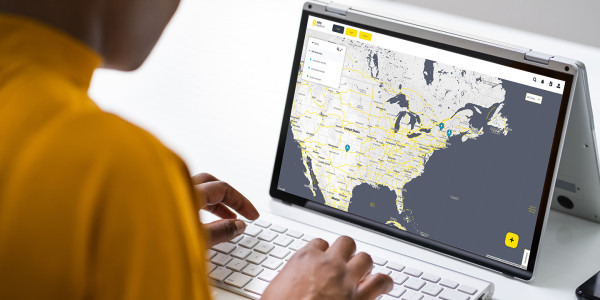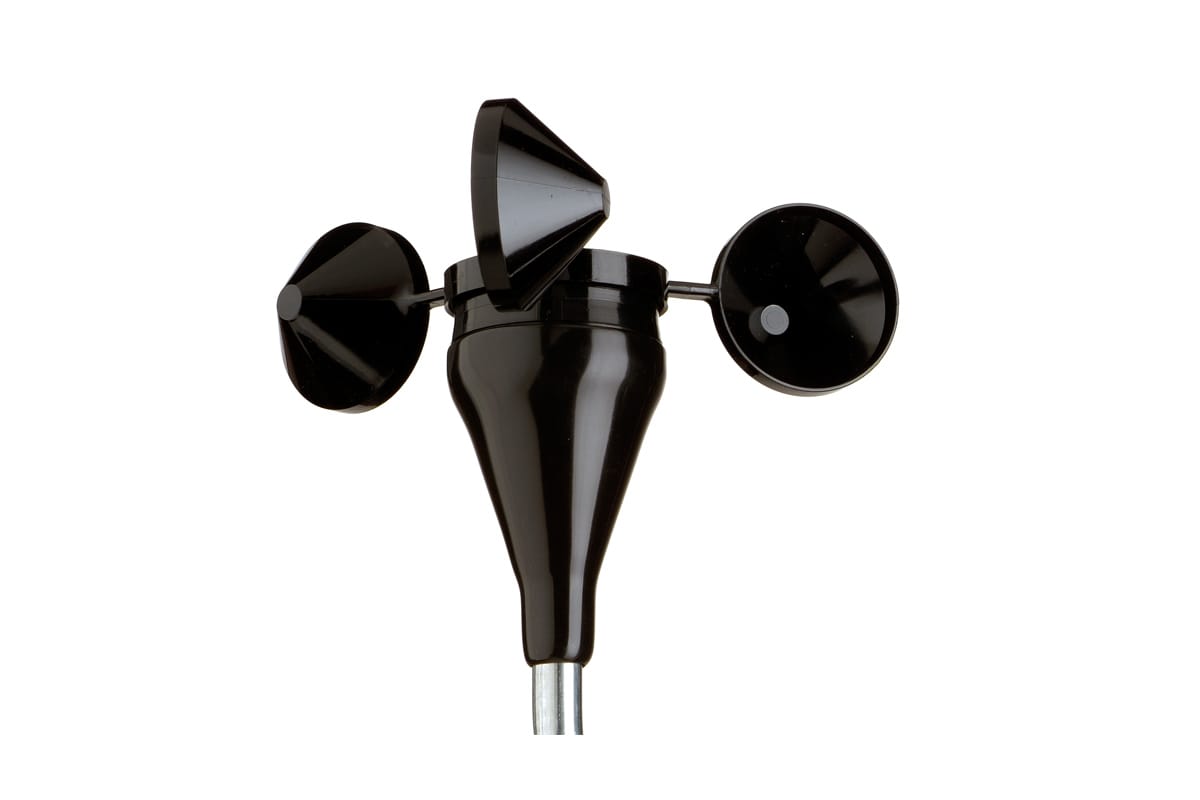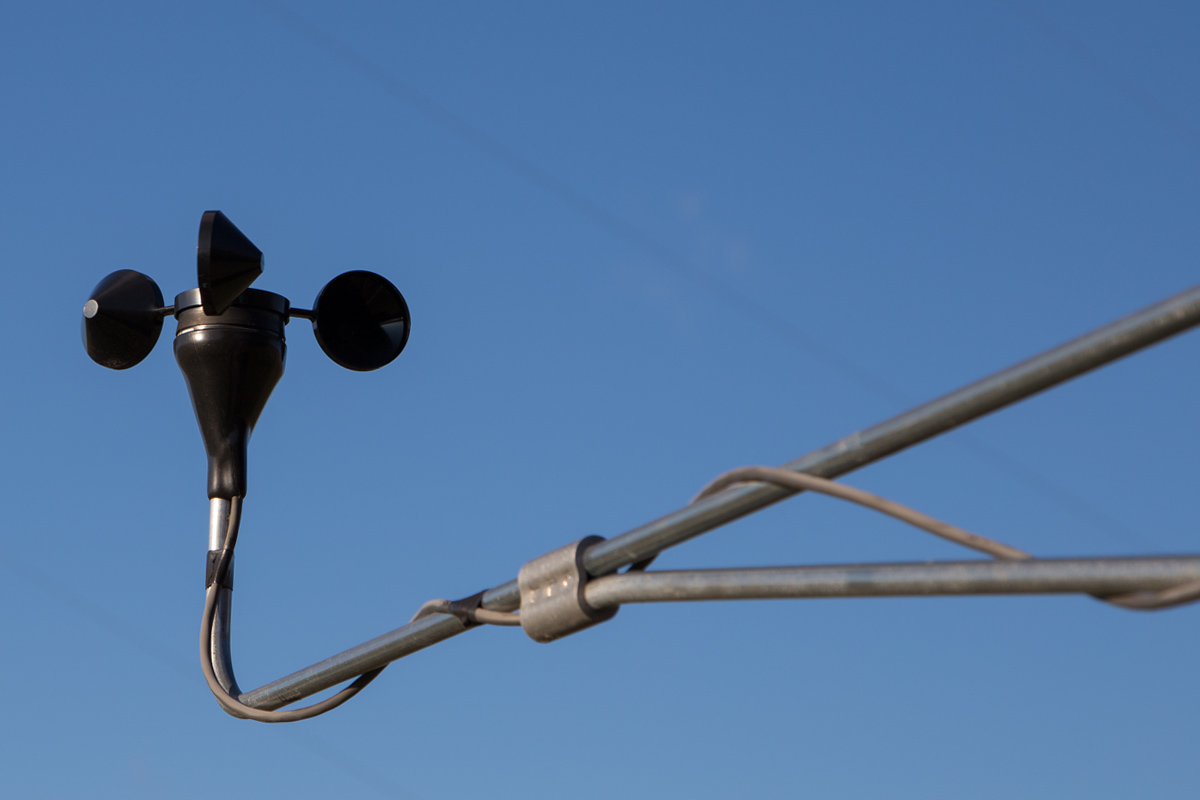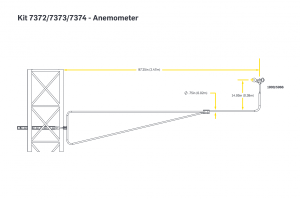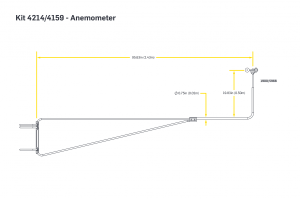NRG 40C Anemometer
The 40C Anemometer offers field-proven measurement accuracy at an economical price.
Details
The 40C was one of the first anemometers designed exclusively for the wind industry.
The 40C Anemometer has recorded wind speeds of 96 m/s (214 mph). Their bearings and low moment of inertia permit very rapid response to gusts and lulls. Due to their output linearity, these sensors are ideal for use with various data retrieval systems. A four-pole magnet induces a sine wave voltage into a coil, producing an output signal with frequency proportional to wind speed.
Constructed of rugged Lexan cups, the 40C is molded in one piece for repeatable performance. A rubber terminal boot is included with each anemometer for additional protection from the elements.
A MEASNET calibration certificate is available for each sensor: Download Calibration Report.
Instruction Sheets (7)
- 2.4 m (95”) Side Mount Boom Installation for Tube Towers
- 2.4m (95”) Lattice Booms – Single/180°/120°
- 40C Anemometer Uncertainty
- Interfacing to the NRG 40C Anemometer or IceFree3™ Heated Anemometer
- NRG 40C Anemometer Packaging and Performance Certification
- Testing NRG Class 1 and 40C Anemometers
- The Maximum Type 40 Anemometer Test
FAQs (25)
- 40C Calibration Reports Available Online
- Connecting a #40 anemometer or 200P wind vane to a Campbell Scientific datalogger
- Converting Anemometer Calibration Report Values from m/s to mph
- Does NRG offer anemometers calibrated under the MEASNET anemometer calibration procedure?
- Effects of Air Density and Altitude on the NRG #40 Maximum Anemometer
- Effects of Barometric pressure and relative humidity on cup anemometers
- For interpreting 40C stored signal data, should I continue to use NRG’s published 40 Consensus Transfer Function (CTF), or should I use the specific wind tunnel, calibration test-derived value (value provided on calibration facility’s test certificate)?
- How should I install the sensor boot to keep out water?
- Installing NRG sensors on a lattice tower
- Is the MEASNET sensor different from the 40C calibrated sensor?
- NRG #40 anemometer on a non-NRG data logger cannot register a reading
- Offset value of 0.35 (or 0.4) in windspeed readings
- Special Concerns for Sensors on Communications Towers
- Transfer function of #40 does not change as sensor ages and endplay increases
- Using a 40H instead of a regular 40C
- Using scale and offset from calibrated anemometer with DL9210 software
- Using the #40C in Conjunction with the Southwest Windpower Whisper Controller
- Using the rubber sensor terminal boot with the #40 anemometer
- Using very long cables with #40 anemometers
- Using very long cables with NRG sensors
- What are the main differences between the Class 1 Anemometer and the 40C Anemometer?
- What is MEASNET?
- What is the class of the 40 Anemometer?
- Why did NRG choose to only offer calibrated 40C Anemometers?
- Wind speed-readings are zero
Applications
Recommended Items
Specificiations Print Specs
Product Support
Customer Service
+1 802-482-2255
Mon – Fri: 8:30am – 5:00pm Eastern Time (GMT-5)
Accessories
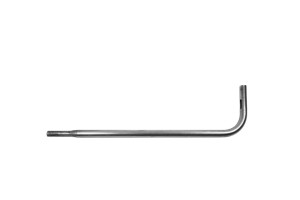
Boom Extensions
Extend and retrofit NRG booms to meet your project’s needs with our boom extensions and adapter kits.
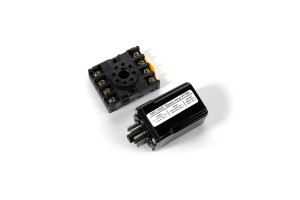
Interface 40C to Logic Level, Speed Amp #892E
Convert the 40C Anemometer from AC sine wave to square wave.
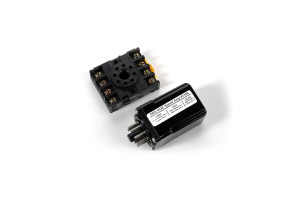
Interface #40 to Voltage, #SI5100
Interface the 40C Anemometer with an analog device such as a computer, meter, or recorder.
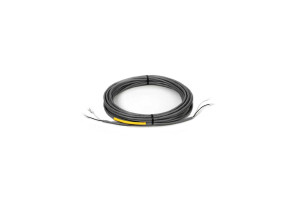
Sensor Cable Kit - 2C
Use this two-conductor (2C) cable for unheated anemometers.
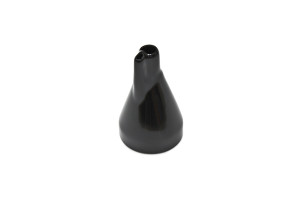
Sensor Terminal Boot
Protect your sensor terminal from exposure to the elements with a terminal boot.
